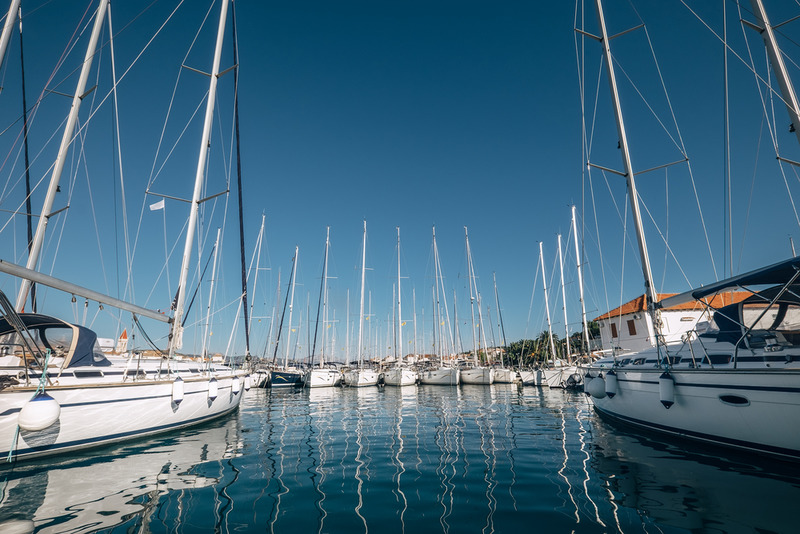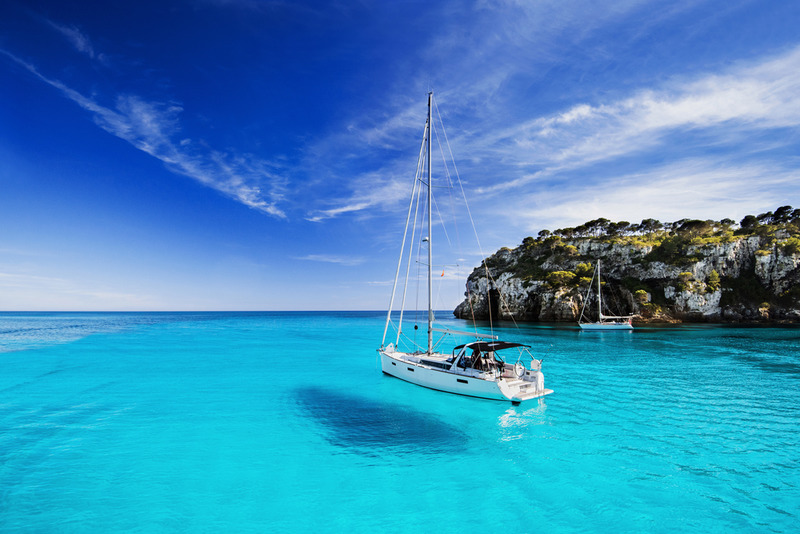A boat tour business will be deemed a commercial operation under the Canada Shipping Act, 2001 and therefore subject to different rules, unlike the transport Canada pleasure craft licence, which is quite easy to obtain. Any waterborne enterprise opened for the express purpose of making profit comes under the banner of commercial. The certification and licensing of commercial vessels depends on different factors, such as intended use and size. All crafts operating in Canadian waters should be registered, but various agencies within Transport Canada deal with different categories of commercial vessels. The official information as set out on the government websites seems contradictory and overlapping. Before venturing to set up your business, it would be worth your while to consult with maritime document and law experts that can guide you as to what boat trip business documentation is necessary. As an example, there are two agencies under which your tour business could fall under.
Canadian Register of Vessels
- The information states that all commercial vessels of over 15 gross tonnes must be registered on that register.
- Any vessel that has a mortgage attached to it must be on the register.
- Also, if the operators or owners intend to take the vessel outside of Canadian waters.
Small Vessel Registry
- All commercial craft of over 15 gross tonnes with ten horsepower or 7.5 kW motors can be registered here
- Other kinds of commercial craft, such as barges, rafts or ferries can also be licensed on that register.
- All Canadian government-owned vessels.
It also states it is not necessary to apply to the Small Vessel Registry, if the craft doesn’t have a mortgage, doesn’t an ‘official’ name or is not going outside of Canadian waters.
Boat Tour Business : Applications
The first step in registering your vessel is to apply for a certificate of registry. If you have changed the use of a pleasure craft to one of commercial uses, then your Transport Canada pleasure craft licence is invalid, and you will have to reapply to the correct register. A change of use from pleasure to commercial craft will entail more documentation and greater detail when filling out the forms. Additional documentation will be required and to ensure the process proceeds smoothly, without delays because of simple mistakes, it would be far simpler and more comfortable to use a registration website such as https://canadianvesselregistry.ca/ to see you through the complex rules and regulations involved in registering a commercial vessel enterprise.

Inspection Certificates
All commercial vessels between 15 and 150 tonnes are required to have inspection certificates by Transport Canada, and this includes vessels of less than 15 tonnes that carry more than 12 passengers at a time. Regular inspections are necessary and will depend on the use of the craft.
Commercial vessels cannot be put into service before being inspected and obtaining a valid operating certificate. After the first inspection, all subsequent inspections are the owner’s responsibility. These are done through the local Marine Safety office. Inspections are made every year, or every four years depending on the frequency of use. It is necessary to know which inspection schedule your vessel requires. The inspections are carried out both externally and internally and cover a list of 16 points. You are obligated to inform the inspector of any changes that have been made to the vessel. Vessels that are over 15 tonnes and carry more than 12 passengers have a mandatory four-yearly inspection. Any vessel over 24 metres and operating under the Canadian flag will also need four yearly inspections. Under the Delegated Statutory Program, the Marine Safety office will carry out checks using approved third-party organisations.
Other Considerations
Other factors to take into consideration when operating a boat tour business are passenger safety and crew manning levels. It is necessary to comply with the regulations if you are planning to do commercial boat tours. Rules and regulations concerning crew are to be found under the Marine Personnel Regulations. The first two parts deal with competency, i.e. the training, qualifications, and certificates the members of the crew hold. It also covers mandatory manning levels of the type of business you propose and what kind of qualified personnel is necessary. Unlike the Transport Canada pleasure craft licence, a commercial certification involves more than just one person. A small boat owner can legally use his craft with a pleasure craft operator card, but whoever pilots a commercial vessel venture may well need to be a Certified Master. The third part of the regulations deals with marine labour standards. Hours of work, obligation and rights of seafarers.
Boat owners now have to comply with the new safety standards and requirements that were added when the 2001 Shipping Act was amended in 2006. These cover more protection for individuals, due care and attention towards others, and necessary assistance.

